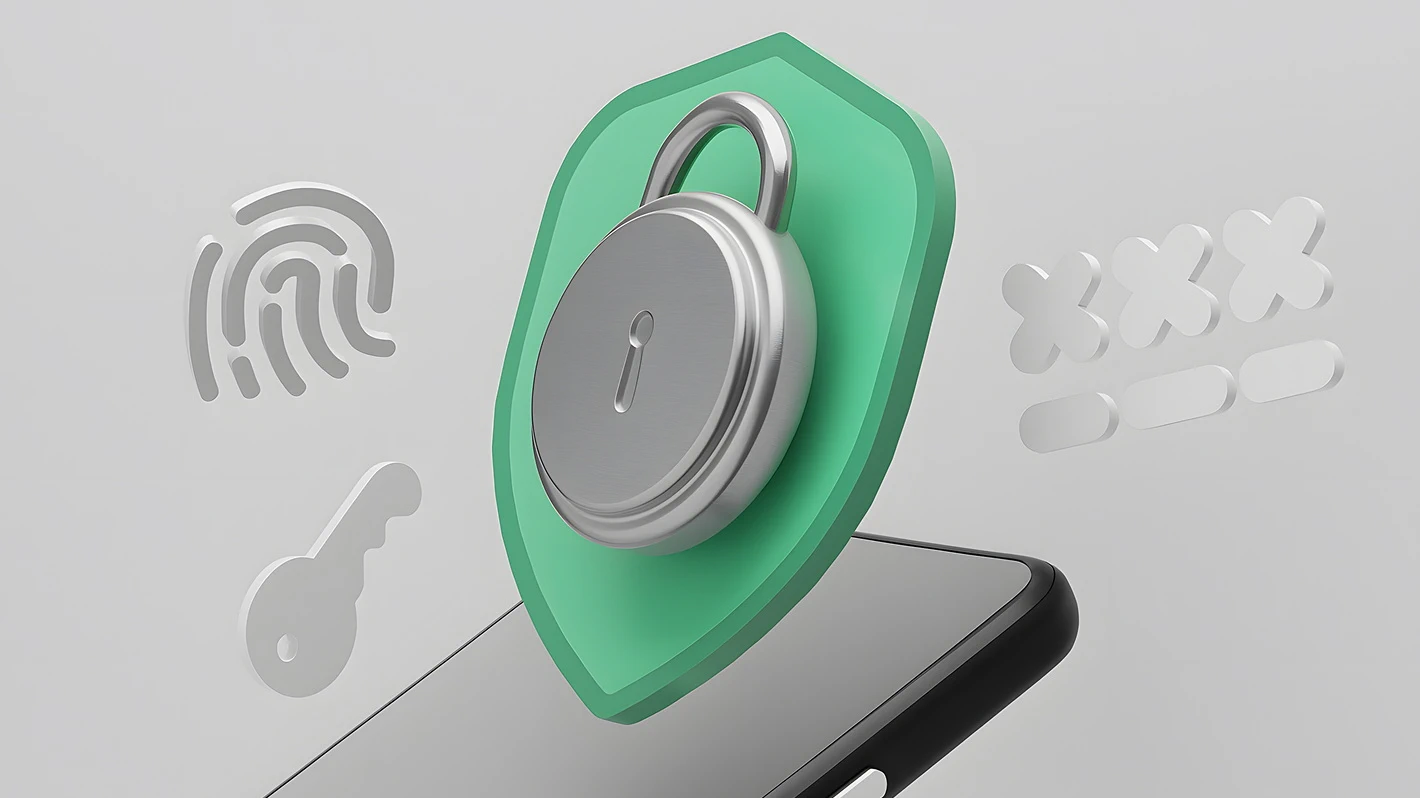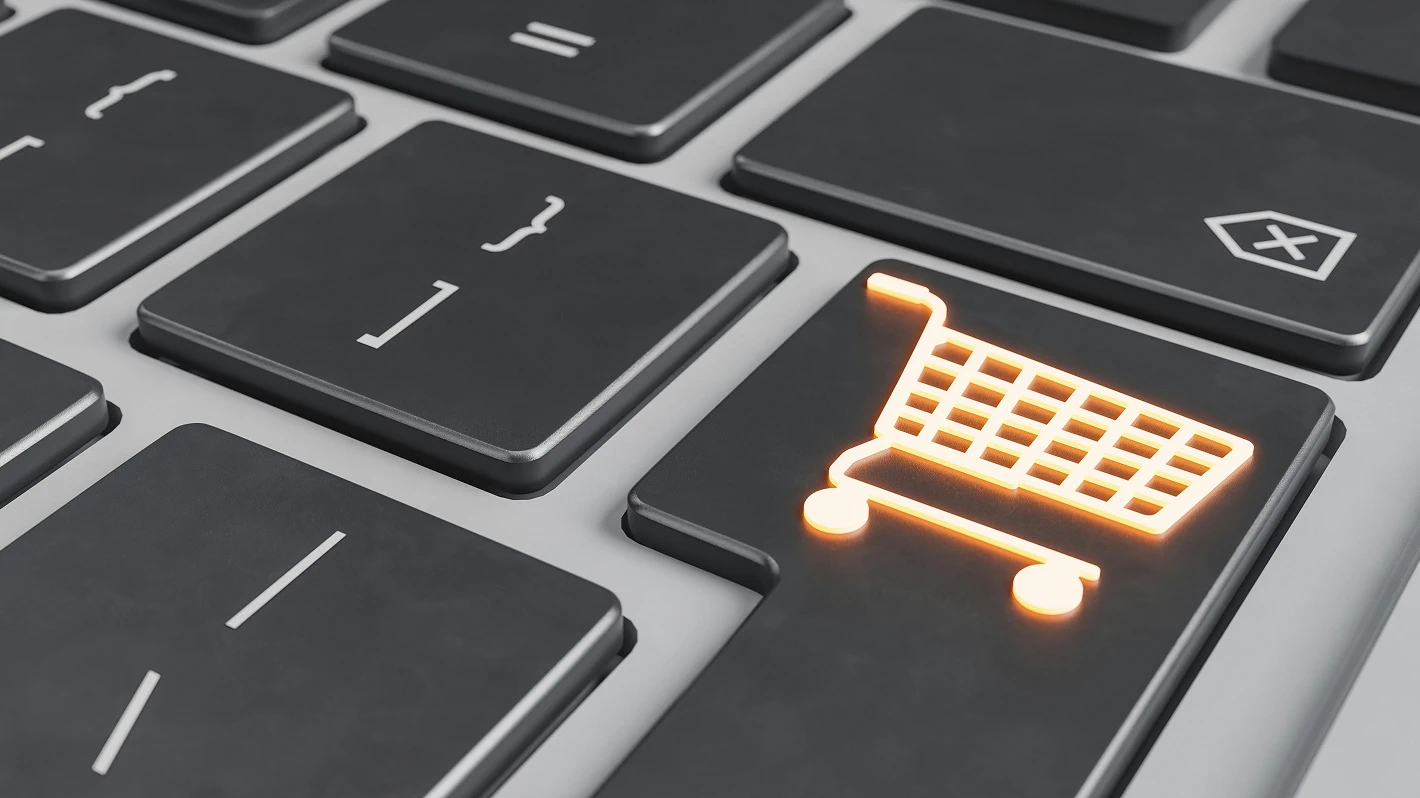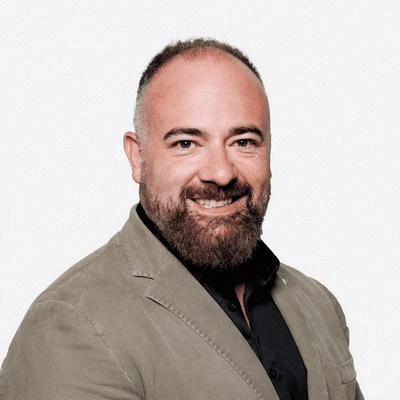First came the Internet of Things. Then came the Internet of Medical Things.
Just as our understanding of biology and medicine has rapidly transformed over the past 100 years, so has our approach to healthcare. It is changing from a compartmentalized and emergency-focused system to a connected and preventative model.
Much of this transformation in healthcare is due to the rise of the Internet of Medical Things (or IoMT). With a 28% annual growth rate, IoMT is on track to be a $285.5 billion industry by 2029. To keep up with this growing market, healthtech companies need to embrace IoMT in their medical products.
What Is the Internet of Medical Things?
IoMT refers to medical devices and applications that use networking technology to connect healthcare systems. This includes everything from smart devices to wearables to vital monitors.
For most of the history of hospital care, all services needed to occur within a hospital setting. This costly, time-consuming model required healthcare providers to oversee all patient monitoring directly. Plus, patients spent time in hospitals and medical centers and lost their comfort and independence.
Today, IoMT allows people and providers more opportunities than ever. It not only frees up time and resources, but it can lead to better outcomes and fewer mistakes. IoMT can be used on the body, in the home, in hospital settings, or even in the community. It enables real-time location, telehealth, and other services for more complete care.
The Impact of IoMT on HealthTech
With IoMT, healthcare is transforming into a more cohesive and personalized model. The ability to connect medical devices to sensors allows professionals to track and prevent diseases with fewer mistakes at a lower cost.
Some of the most significant changes IoMT has created include:
Empowering Remote Monitoring with Wearables
HealthTech is accelerating innovation with wearables that utilize artificial intelligence (AI) and machine learning (ML) to analyze data to give real-time insights from anywhere. While this includes medical-grade equipment, it also includes commercial wearables. The rise of devices, such as the Apple Watch and Garmin, have incredible implications for the future of health monitoring.
For example, researchers at Cedars-Sinai and UCLA found that Fitbits could detect ischemic heart disease in wearers. The device’s ability to record both heart rate and accelerometer data enabled more accurate patient evaluations.
The opportunity to gain more clear diagnoses is one reason healthcare leaders are turning to IoMT more than ever. In fact, one report found that 88% of providers are investing in remote patient monitoring technology.
Driving Telehealth Adoption
IoMT is also driving faster adoption of remote healthcare. Telehealth, which was already growing in popularity, exploded when it became a safe and effective way to treat patients during the COVID-19 pandemic.
Not only is telehealth a way to help reduce the spread of infectious diseases, but it also helps significantly reduce the cost and personnel burden of hospital admissions and in-person appointments. Goldman Sachs estimates that IoMT could help save the healthcare industry $300 billion a year because of its ability to promote telehealth.
Telehealth kiosks, for example, allow people to visit a doctor to get advice about everything from coughs to surgery follow-up. Kiosks can be set up nearly anywhere, such as at the local pharmacy or in a physician’s office, so that patients can schedule a virtual appointment with a healthcare provider whenever they need. This approach is far less expensive than a doctor’s visit or a trip to the emergency room and more convenient for patients.
Improving Medication Adherence
Smart medicine packaging combined with drug delivery devices will enable patients to adhere better to their prescribed medical treatment. Connecting these devices with the cloud will also allow providers to monitor medication adherence and provide personalized patient feedback. With improved drug adherence, patients can better manage conditions and achieve better health outcomes.
For example, medication adherence with asthma is a serious problem. Experts estimate that two out of every three deaths from asthma could be prevented with improved drug adherence. The company QIoT is now pioneering the concept of a smart inhaler to help individuals with asthma comply with their medication protocols. Recently, the company gained almost £50,000 in investment funding to develop its smart inhaler device. By notifying doctors of erratic or unexpected usage, the device provides early warnings that let clinicians know if patients are not taking enough medication to keep their asthma under control.
Enhancing Medication Delivery
Not only can IoMT improve adherence, but it can eliminate the need for patients to proactively take medication by automatically dispensing the correct amount right into their bloodstreams.
Type 1 Diabetes, for example, is a serious disease that affects over 9% of the population globally. It requires patients to monitor their blood sugars and deliver the right amount of insulin at the right time. However, the development of automated insulin delivery (or AID) systems, also called Artificial Pancreas, works with a continuous glucose monitor (or CGM) to automatically monitor blood sugar levels and deliver the correct amount of insulin through an insulin pump. This cloud-connected closed-loop device allows a patient’s blood sugar to stay in range more often, even when they sleep.
There are currently dozens of companies developing AID devices for the market. Automatic monitoring and medication delivery also have exciting implications for treating other conditions.
IoMT: The Future of HealthTech
The ability to harness IoMT is the future of healthcare technology. Providers need to be able to make more accurate diagnoses, monitor patients, and deliver better care. Patients want complete healthcare that not only addresses a health emergency but prevents them from happening.
Healthtech companies that can provide IoMT tools that providers need are the future of innovative solutions. Organizations that want to grow and scale need to see how connecting their devices to sensors can provide a product that leads to better diagnosis, adherence, and patient outcomes.
In a world where healthcare and technology are interminably linked, digital customer support is a must. HealthTech companies will need to provide a level of service equal to the products and devices they innovate. Digital customer support can help organizations provide high-quality service from anywhere and scale as their business grows.
Helpware provides healthtech companies with professional teams and technology to provide superior customer service. Looking for customer support that is as cutting edge as you? Contact us today to see how we can help.












